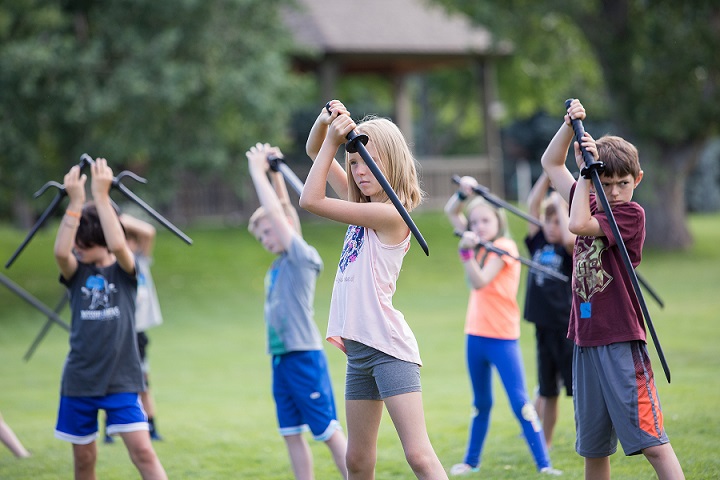
Connecting Ninja Weapons to Kung Fu: Exploring the Martial Arts Connection
When discussing martial arts, it’s common to associate ninja weapons with ninjutsu, the art of the shinobi. However, it’s worth exploring the connection between these weapons and the Chinese martial art of Kung Fu. While Kung Fu and ninjutsu originate from different cultural backgrounds, there are some interesting overlaps and similarities that can be drawn.
1: Adaptability and Weaponry Mastery:
Both Kung Fu and ninjutsu emphasize adaptability and proficiency in a wide range of weapons. In Kung Fu, practitioners train with various traditional weapons such as the staff, spear, sword, and nunchaku. Similarly, ninja weapons were an integral part of a shinobi’s arsenal, and they were skilled in the use of shuriken, kunai, katana, and kusarigama, among others. Both disciplines prioritize versatility, enabling practitioners to effectively utilize different weapons based on the situation.
2: Focus on Stealth and Agility:
Kung Fu styles, such as Wing Chun and Baguazhang, emphasize evasive footwork, quick strikes, and the ability to move swiftly in combat. These principles align with the stealthy and agile nature of ninjutsu. Ninja weapons were designed to complement the ninja’s ability to move swiftly and silently, facilitating surprise attacks and ambushes. The shared emphasis on agility, speed, and evasion creates a link between the two martial arts.
3: Strategic Application and Tactics:
Both Kung Fu and ninjutsu place a strong emphasis on strategy and tactical thinking. In Kung Fu, practitioners learn to analyze their opponent’s movements, exploit weaknesses, and adapt their techniques accordingly. This strategic mindset resonates with the ninja’s approach to combat. The use of ninja weapons required careful planning, precise timing, and an understanding of the environment. Both disciplines employ tactics that involve surprise attacks, feints, and unconventional techniques to gain an advantage.
4: Integration of Weapons Techniques:
While Kung Fu primarily focuses on empty-hand combat, various styles incorporate weapon techniques into their training. Forms or routines in Kung Fu often include weapon techniques to enhance the practitioner’s understanding of movement, coordination, and timing. Similarly, ninjutsu practitioners were adept at seamlessly integrating weapon techniques into their overall skill set, transitioning between armed and unarmed combat as needed.
5: Philosophical Underpinnings:
Kung Fu and ninjutsu both have philosophical foundations that emphasize self-discipline, self-improvement, and the development of character. These values are reflected in the training methods and mindset of practitioners from both disciplines. Regardless of the specific weapons employed, the practitioners strive to cultivate mental and physical discipline, as well as ethical conduct.
In Summary
While Kung Fu and ninjutsu have distinct origins and cultural contexts, they share commonalities in terms of adaptability, agility, strategic thinking, integration of weapon techniques, and philosophical principles. The connection between these martial arts and their respective weapon systems demonstrates the universal nature of combat arts and the shared principles that underpin effective martial arts training.
